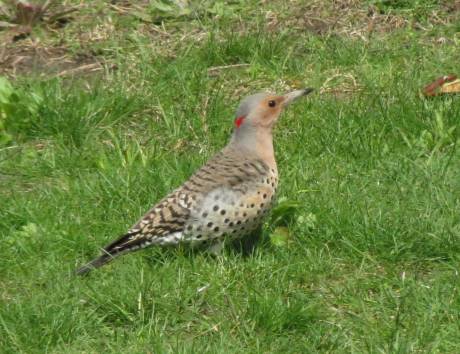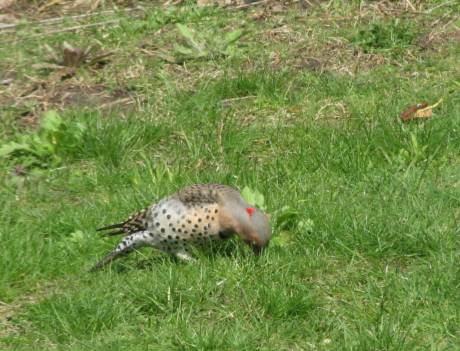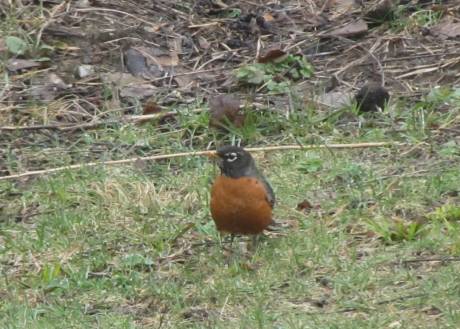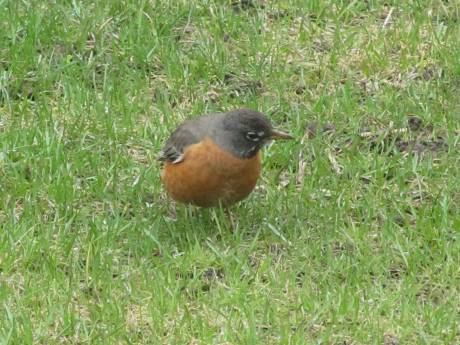The late Bob Fowler, pictured above, was an avid fisherman all his life and there once was a time when he enjoyed the milieu of the duck hunter. There were also family vacations with his wife, Bonnie, and their sons, Teal and Brian, where they traveled to an island off the coast of the Carolinas.
There Bob fished and, come low tide, took the boys clamming. While Bob enjoyed many aspects of the outdoors, his real passion was on the river, whether it be canoeing or kayaking according to his longtime river-running partner, Pep Johnson.
It was in the early '70s when Pep and Bob Fowler first met. At the time their boys were both playing hockey for the Batavia Ramparts.
"It was brought to my attention that he (Fowler) did a lot of whitewater paddling," Pep said. "That was something I had always wanted to try."
No sooner did Pep Johnson make an inquiry, when Bob Fowler offered an immediate invitation, saying, "Let's do it." And Pep Johnson was about to catch whitewater fever. Thus began a partnership that lasted more than three decades and took the pair to some of the wildest rivers in North America.
"When I first met Bob, he had been canoeing and kayaking for a time," recalled Pep. "We made our first canoes, they were one-man, solo canoes, whitewater canoes."
Pep is pictured above on Pennsylvania's Youghiogheny River.
As might be expected, during their early years, paddling together much of their canoeing was done close to home, with one of their first trips taking place on the Adirondack's Moose River, portions of which are class III & IV.
In whitewater terminology, rivers -- or various stretches thereof -- are rated anywhere from class I & II (mild) all the way class V & VI (wild -- and dangerous).
"We studied maps a lot," Pep said.
But river conditions can change, and that meant being vigilant while on the water.
"Whenever we came to a set of rapids we'd take out (the map) and study it, deciding how to paddle it or not attempt it at all," Pep said. "The latter decision was often determined by an obvious class V or VI set of rapids."
In the above photo, the pair look over some frothy whitewater on the Missinaibi River in northern Ontario.
Their pursuit of wilderness paddling took them as far northest as Quebec's Gaspe' Peninsula, across northern Ontario, south to North Carolina and west to Utah.There were numerous stops in between with trips in New York, Pennsylvania, Maine and West Virginia.
The duration of their time on the rivers ranged from overnighters to 10 days. If the list of states and provinces seems extensive, the number of rivers was even more so -- and the degree of difficulty at times might be termed extreme.
"What was probably one of our scariest and hairiest rides was on the Youghiogheny River" Pep recalled.
On that occasion, the water levels were safe when he and Bob Fowler set out, but heavy rains far upstream the previous evening brought the river up to a dangerously high level. Finding a place to take out was not easy.
"The high water left no place to beach the canoes," Pep said. "Only dense, heavy brush was visible along the shore."
And it was obviously not a good place to attempt landing a canoe in swift water. Some hard work -- and rigorous paddling and scrambling -- finally got them safely ashore.
Another frightening moment occurred here in New York.
"Bob had always told me, if I spill, hold onto the canoe and don't let go of my paddle," said Pep. "Well, we entered a mile and a half stretch of the Indian River that was solid class III & IV the entire way.
"I got dumped and held onto the canoe and paddle, struggling to make it to shore. There was a huge boulder the size of a small house in the middle of the river and the current was taking me straight toward it."
That would be one time when Pep wisely bucked tradition.
"I let go of the canoe, and was then able to make it to shore," he continued. "When I looked back, I saw the canoe hit the boulder and then (it) pulled under."
It was several moments before the canoe popped back up to the surface on the downstream side of the boulder.
"There's no guarantee I would have done the same," Pep said.
Envisioning that last scenario prompted me to ask if he and Bob were "adrenaline junkies."
"At times," he began, "but more than that, it was the wilderness element. There were times we simply stared in wonderment at what we were seeing -- it was so beautiful."
Too, there was the mystique of the river.
"You never know what you might see around the next bend," he added, saying it wasn't unusual to spot moose and other forms of wildlife
The oversized tepee in the photo below provided a night's lodging prior to the start of a canoe trip on Quebec's Bonaventure river.
That's Batavian Bob Stevens on the left standing with Bob Fowler. For a number of years, Stevens was part of the wilderness paddling team. In the photo below, Bob Rodgers is seated in front of, left to right, Bob Stevens, Bob Fowler and Pep Johnson.
While their main objective was wilderness paddling, they did fish on occasion. Perhaps what may have been their biggest catch over the years was taken purely by accident.
"One evening after having set up camp, Bob Fowler caught three walleyes, all in the 16-inch range. He put them on a stringer and attached it to his canoe," said Pep, the idea being to keep them fresh for the following morning's breakfast.
"Well, the next morning, Bob walked down to the water and lifted the stringer."
Or at least he tried to.
"When he went to raise the fish from the water, something on the other end pulled back -- hard," Pep continued. "Again, he lifted and again something pulled back real hard. At this point, I heard him yell, 'Pep! Pep! Get down here.'"
Pep arrived in time to see his friend hoisting a northern pike, and a hefty specimen it was. The big fish had swallowed one of the walleyes up to its victim's gills and was then unable to swallow it or regurgitate it. Pep explained that Bob lifted the big fish clear of the water and pulled it right into the canoe. The pike landed in the bottom of the canoe with a thud and the walleye was dislodged. The pike was then released.
Seems to be Pep Johnson's turn with the kitchen duties.
Two Bobs -- Fowler astern with Stevens manning the bow.
Bob Fowler on a stretch of flat water with Bob Stevens in the distance.
Asked to reflect back on his thoughts of Bob Fowler, Pep never hesitated, not having to search for words.
"There's a bond that develops between guys that do these things for so many years," Fowler said. "When Bob was on the river he was always smiling and laughing. But more than that, if something were to happen, you knew that Bob had your back."
As a case in point, Pep related an incident that took place on West Virginia's New River. There is a bridge that spans the New River gorge, a bridge well noted for its use by bungee jumpers (that's how deep and steep the gorge is). They were on the river not far from that bridge when Pep was injured.
"Foot entrapment led to my knee being pinned between two rocks, resulting in torn ligaments and shattered cartilage in my knee." Pep said. "After that, I was unable to walk out. Bob carried both canoes out, then he lifted me onto his back and carried me out from the bottom of the river gorge."
The incident proved to be a minor deterrent. Shortly after Pep healed, they were once again making plans to run another river.
The river runners' version of "on the road again."
It's been three years since Bob Fowler's passing and, for his river companions, things haven't been quite the same. Some, like Pep Johnson, are left with decades of whitewater memories, from sub-arctic terrain to the brown, desert backdrop and rock formations along Utah's San Juan River.
And while the wilderness waterways provided Bob Fowler and Pep Johnson scenic and peaceful settings, the rivers themselves were often turbulent and brawling -- just what seasoned river-runners hope for.














